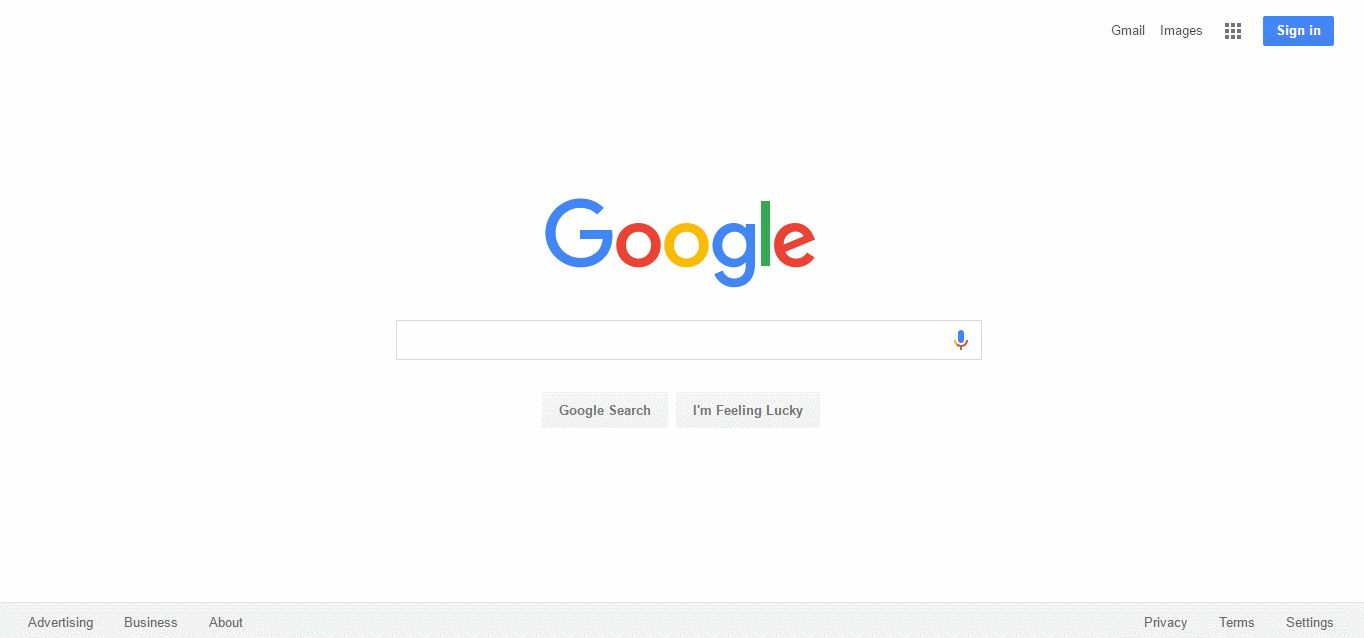Google Local Inventory Ads – New Updates for 2016

Despite how emphatic online shopping in the e-commerce industry is, local spending is still alive and well. So much so that there is now, for the second time this year, another update to Google Local Inventory Ads.
Ordering online is convenient, unintrusive, and a preferred shopping method among many. And while the benefits of shopping online are more than abundant, consumers oftentimes want to make immediate, in-person, purchases.
Google Local Inventory Ads help to match local search intent (queries that include specified areas, names, or phrases like “near me”) to nearby retail locations.
Google Local Inventory Ads, which provide all of the same features as standard Product Listing Ads, also incorporate information online shoppers find most relevant when thinking about making a purchase through a local retail store.
When shoppers click on an ad, they are directed to a Google-hosted landing page for a company’s store, called the local storefront. The local storefront displays a status of current inventory for a specified location, store hours, directions, and more.
Some of the key benefits of using Google Local Inventory Ads are:
Another feature that has started to gain traction in Google Local Display Ads is what Google is calling the Knowledge Panel.
When shoppers search for a business, the Knowledge Panel is displayed within the ad, giving customers the details needed to contact your business. The panel houses information like the store address, phone number, hours, website, and even estimates what times may be busier than others.
The Knowledge Panel, however, is not always displayed for every business. Whether or not it will appear is determined by a number of different factors. Things like relevance, distance, and the prominence of the business all play a role in the likelihood of it being incorporated into a Google Local Inventory Ad search result.
In May, it was announced that expansions would be made to Google Local Inventory Ads. The company noted that upcoming features would give users the ability to not only check on a product’s availability, but to check inventory status at specified retail locations as well.
Now, when a user is met with Google Local Inventory Ads, they are presented with the option to “Search items at this store”. Upon clicking the option, users are taken to a Google-driven landing page that displays the business’ information, pin location on Google Maps, and popular categories to choose from. Additionally, users also have the ability to search a store’s inventory for specific products.

Relevant products are then shown, displaying a product’s image, title, price, review ratings, and inventory status (In stock or Limited stock). Selecting an item will lead users to a product-specific landing page that displays all of the previously shown information, as well as a product description and whether or not it is available online or local-only.

Requirements to be eligible for Google Local Inventory Ads are now much more relaxed than they have previously been and acceptance rates for the features are generally much higher.
To be eligible to use local inventory ads, businesses must meet the following conditions:
While eligibility requirements have become less restrictive, certain aspects of implementing Google Local Inventory Ads may be a little tougher than expected for some businesses.
Setting up Google Local Inventory Ads is a 4-step process. You’ll need to do the initial sign up by submitting an interest form. Once the form has been processed, you will then need to configure your accounts by setting up Merchant Center, Google My Business Locations, AdWords, and sending Google a logo for your company.
Following account configuration, step 2 – which consists of three parts – is setting up your product feeds.
Once feeds have been established, Google will then send a physical team out to your store location(s) to complete an inventory verification. The verification process appears to be fairly straightforward and essentially just aims to ensure in-store inventory matches the feeds provided. From there, the final step is to enable local in your Shopping campaigns.
While the updates to Google Local Inventory Ads are not quite revolutionary, advertisers should still know what impacts, both good and bad, it can have on their businesses.
One potential downside businesses may run into is the need for an individual product feed for each location running Google Local Inventory Ads. Without the technology and resources needed to keep in-store statuses up to date with Google product feeds, some businesses may run into some trouble.
“In-store sales and conversions are going to change inventory conditions, and if businesses are not able to keep that up to date on the Google side of things, products may end up being disapproved and potentially even flagged. So that’s where the challenge comes in if you have a lot of stores,” Roman Fitch, Paid Search Manager at CPC Strategy, said of Google Local Inventory Ads.

There are, however, significant advantages to using Google Local Inventory Ads. One of the most appealing to advertisers is the ability to “double serve” ads. Meaning, businesses will have the ability to have both regular Product Listing Ads (PLAs) and Google Local Inventory Ads simultaneously, ultimately increasing exposure.
“You can have products that your website sells, and only a select few that are actually carried in-store. If somebody searches for your product, but it’s only available online, then your PLA can still be displayed. Alternatively, with a product that is carried in-store, a regular PLA can be shown to drive traffic to your site, or you can have Google Local Inventory Ads displayed to push in-store transactions.”
For more information on Google Local Inventory Ads please contact [email protected]
